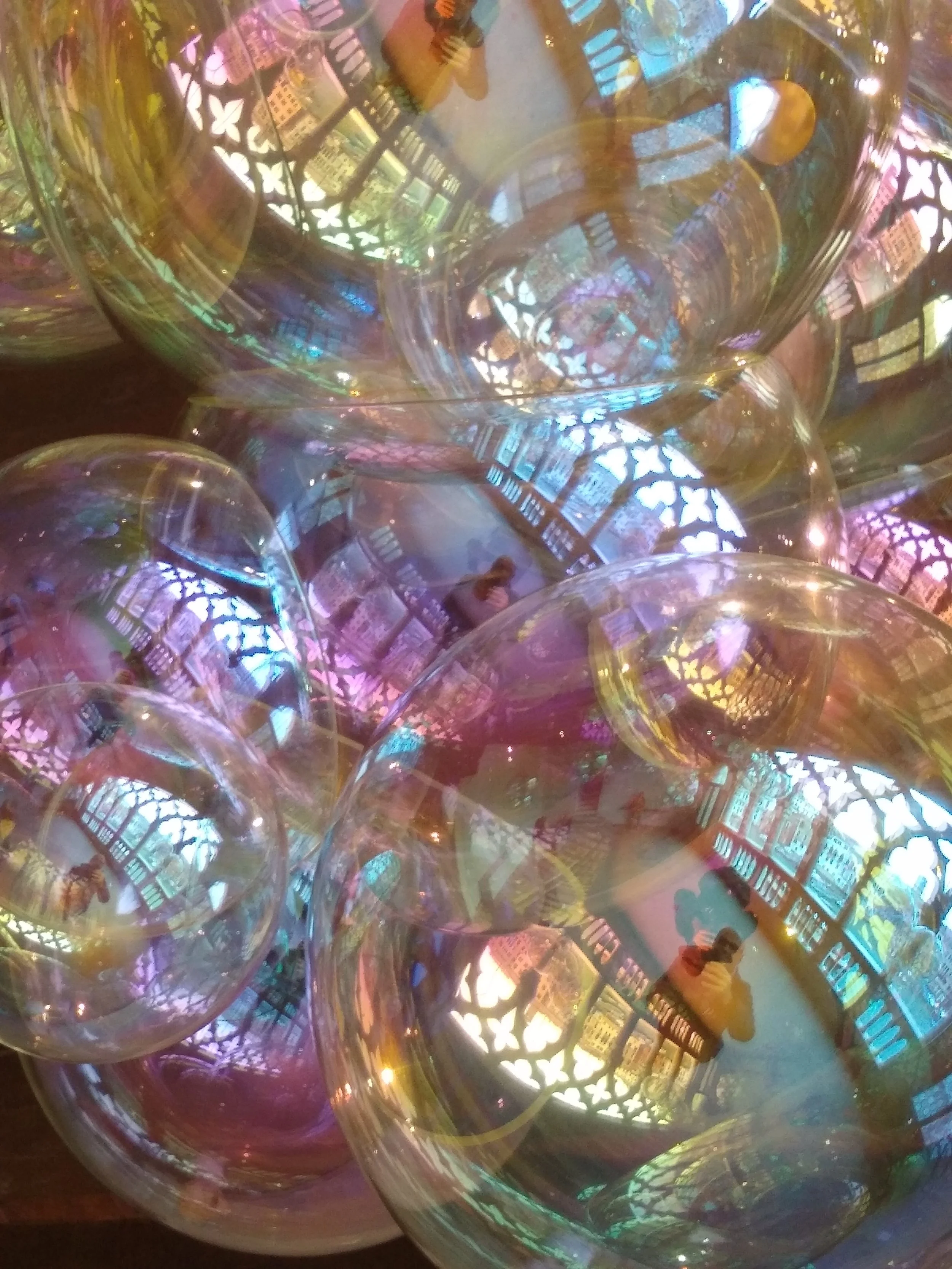No one likes rejection! And yet…
Only about 10% of applications get approved upon first submission.
What happens to the unfortunate ones who get a rejection?
Corrections must be made and application refiled, involving delays, additional billable hours, and more filing fees.
Of the second submission of patent applications - approximately 35% of applications get approved.
What happens to the unfortunate ones who get a second rejection?
More corrections must be made and application refiled again, incurring more delays, more billable hours, and more filing fees.
Of the third and final submission of the initial patent applications - only another 10% of applications get approved.
In the end, the patent approval rate adds up to 55%.
But this is deceiving since it usually takes a few attempts to get a patent issued.

It takes almost 3 years for the USPTO to process a patent application from initial submission to notice of allowance or final rejection.
Prevent unnecessary rejections
Common rejections fall under 3 sections of 35 U.S.C.
§ 102 for lack of novelty: when there is another patent or publication that teaches your invention
§ 103 for obviousness: when another patent or combination of patents render your invention obvious to a person of ordinary skill in the art
§ 112(b) for lack of clear definition: when the claims are written unclearly, lack proper antecedent basis, or refer to multiple dependent claims

